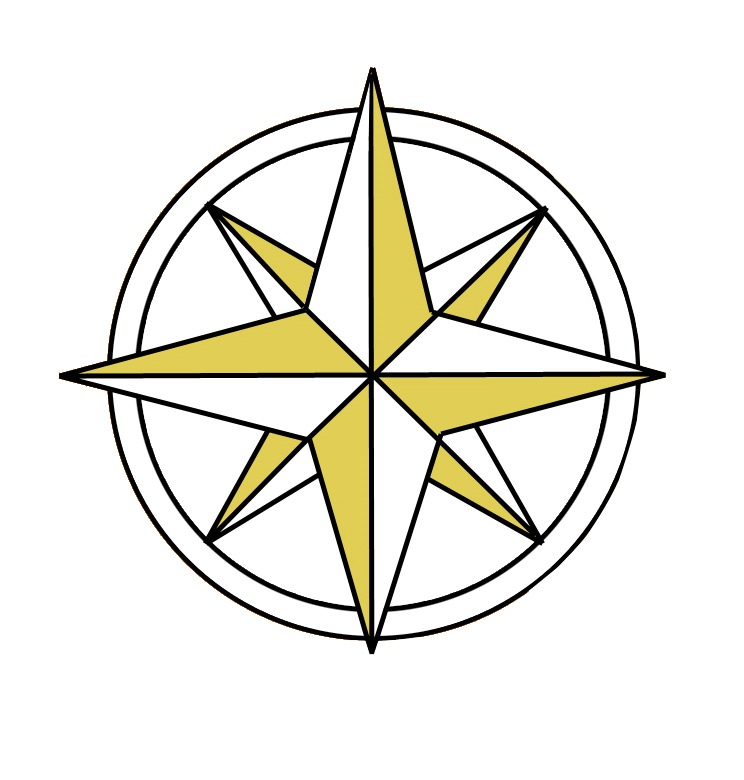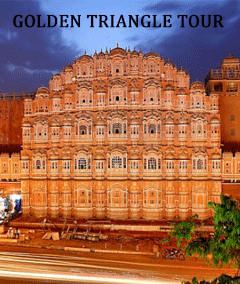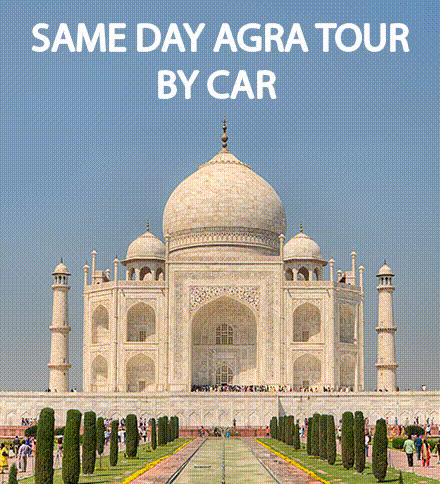Tour Description
Delhi –
Haridwar – Yamunotri – Gangotri – Kedarnath – Badrinath – Haridwar – Delhi
DURATION: 11 Nights / 12 Days
NIGHT STAY: Haridwar (2N), Barkot (2N), Uttarkashi (2N), Guptkashi (2N), Kedarnath (1N), Badrinath (1N), Rudraprayag (1N)
For your kind Perusal:
VIP darshan Rs. 2,100/- per person per Dham.
General:
All the rates are subject to change without prior notice. All disputes are subject to Haridwar Jurisdiction.
12 Days Char Dham Yatra by Road 2022 Itinerary
Day 1st: Pick up from Delhi Railway Station / Airport (220 Kms: 5 - 6 Hrs. Travelling to
Haridwar)
Start Yatra
from Delhi to Haridwar.
Check-In at
Haridwar Hotel, Take Welcome Drink (Non-Alcoholic)
In the evening
you can visit the world-famous Ganga Aarti at Har ki Pauri.
Dinner & Overnight Stay at Haridwar.
Day 2nd:
Haridwar to Barkot (180 Kms : 6 - 7 Hrs. Travelling to Barkot)
After
breakfast, Check Out from Hotel, Depart for Barkot.
On the way, you can visit Kempty Fall.
Evening free
for rest.
Dinner & Overnight Stay at Barkot.
Day 3rd: Barkot to Yamunotri to Barkot (45 km By Road and 6 Km. by foot one way)
After
Breakfast Start Yatra for 1st Dham Yamunotri.
Yamunotri
Temple is dedicated to Goddess Yamuna. Yamunotri is the source of the revered river
Yamuna which originates from the Champasar Glacier lying 1 Km. Ahead of the
shrine is situated at an elevation of 3235 mts above sea level. The approach is
extremely difficult and pilgrims, therefore, offer Pooja at the temple itself.
Yamunotri was the home of an ancient sage Asit Muni.
Yamuna:-
Yamuna is the daughter of the Sun just like Yama who is considered his son. It
is believed that Yama would not torment any person at the time of death who
bathes in the Yamuna, his sister.
Surya Kund:- There are a Number of thermal springs in the vicinity of the temple, which
flow into numerous pools. The most important of these is Surya Kund.
Divya Shila:-A rock pillar worshipped before entering the Yamunotri Temple.
Dinner & Overnight Stay at Barkot.
Day 4th: Barkot to Uttarkashi (80 kms : 3 – 4 Hrs. Travelling to Uttarkashi)
After
Breakfast moves to Uttarkashi.
Uttarkashi
is a small and beautiful town, situated between two rivers: Varuna and Ashi,
whose water flows into the Bhagirathi from either side of the town. Elevated, at
a height of 1588 metres, this little town is very similar to Kashi and
Varanasi, in that it has the same kind of temples and ghats and likewise, a
north or 'Uttar' facing river. The major temple is the Vishwanath Temple,
dedicated to Lord Shiva.
Dinner & Overnight Stay at Uttarkashi.
Day 5th:
Uttarkashi to Gangotri to Uttarkashi (95 km: 3 - 4 Hrs. Travelling to reach
Gangotri)
After
breakfast, start Yatra for 2nd Dham Gangotri.
Gangotri
temple is 18th Century temple dedicated to Goddess Ganga. It is located near a
sacred stone where king Bhagirath worshipped Lord Shiva Ganga is believed to
have touched earth at this spot. Accordingly to another legend, Pandavas
performed the great "Deva Yagna" here to atone for the death of their
kinsmen in the epic battle of Mahabharata. The temple is an exquisite 20 ft.
high structure made of white granite.
Gangnani:-Further up on way to Gangotri is the hot water spring at Gangnani, where one
can have a refreshing bath in the Kund called Rishikund. There is a temple near
the kund dedicated to the Sage Parashar, believed to be the father of Ved Vyas.
Take Dinner at Hotel & Overnight Stay at Uttarkashi.
Day 6th: Uttarkashi to Guptkashi (240 km: 8 - 9 Hrs. Travelling to reach Guptkashi)
After
breakfast, move for Guptkashi
Leave very
early in the morning for an almost day-long drive to Guptkashi
Dinner & Overnight Stay at Guptkashi.
Day 7th: Guptkashi to Kedarnath (35 km by Vehicle and 21 km by foot)
After
breakfast, start Yatra for 3rd Dham Kedarnath.
The present
temple built in 8th Century A.D. by Adi Guru Shankaracharya lies adjacent to
the site of an ancient temple built by Pandavas. The temple has a conical
lingam - the main idol, a statue of Nandi - the celestial bull, a 'Garba Grah'
for worship and a man dap for assemblies of pilgrims and visitors. The temple
is more than 1000 years old.
Bhairon Nath Temple:-About half a kilometre away from Kedarnathji, a small temple is
dedicated to Bhaironath. It is worshipped on the opening and closing day of the Sri
Kedarnath Shrine. It is believed that when the Kedarnathji temple is closed.
Bhaironathji protects this land from evil.
Take Dinner at Hotel & Overnight Stay at Kedarnath.
Day 8th: Kedarnath to Guptkashi (21 km by foot and 35 km. by Vehicle)
After
breakfast, move for Guptkashi.
Full day
free to explore the Guptkashi.
Dinner & Overnight Stay at Guptkashi.
Day 9th: Guptkashi to Badrinath (190 km: 7 - 8 Hrs. Travelling to reach Badrinath)
After
breakfast, Start Yatra for 4th Dham Badrinath.
Only
Original Char Dham as proposed by Adi Guru Shankaracharya Cradled in the twin
Mountain ranges of Nar and Narayan is the holiest of the four main shrines -
Badrinath along the left bank of river Alaknanda with the towering Neelkantha
Peaks as the splendid backdrop. Once the spot was carpeted with 'badass' or
wild berries and hence was famous as Badri van. Legend has it that when the Ganga
was requested to descend to earth to help suffering humanity; the earth was enabled to withstand the force of its descent. Therefore the mighty Ganga was
split into 12 holy channels. Alaknanda was one of them that later became the
abode of Lord Vishnu or Badrinath.
Narad Kund:-
A recess in the river, near Tapt Kund, forming a pool from where the Badrinath
idol was recovered.
Brahama
Kapal:- It is a flat platform a few yards north of the temple and on the bank
of river Alaknanda. It is an important place for the shradh ceremony or offering
of pinds to ensure a heavenly place for dead ancestors or manes. It is said
that by offering pind here, the manes are permanently enshrined in heaven and no
more pinds are to be done elsewhere ever afterwards. Legends have it that when
Shiva chopped off the fifth head of Brahma, it got stuck to his trident. Lastly
with the blessing of Lord Vishnu at Badrivan, the head of Brahma fell down from
the trident at this place & hence the name Brahma-Kapal (head).
Bhim Pul:-
On the other side of Mana village, a massive rock forming a natural bridge lies over the roaring Saraswati River. It presents a spectacular view of water
thundering down through the narrow passage under the rock and is believed to have
been placed there by Bhim, the second eldest among the five Pandava brothers.
Vyas Gufa
(cave):- Near Mana Village, this is a rock cave where Ved Vyas is believed to
have composed the Mahabharata and the pauranic commentaries.
Dinner & Overnight Stay at Badrinath.
Day 10th: Badrinath to Rudraprayag (160 km: 6 - 7 Hrs. Travelling to reach Rudraprayag)
After
breakfast, Move for Rudraprayag.
En-route
visit Vishnu Prayag where two rivers confluence Dhauli and Alaknanda River.
Arrive at Joshimath and visit Adi Guru Sankaracharya.
Dinner & Overnight Stay at Rudraprayag.
Day 11th: Rudraprayag to Haridwar (160 km: 6 - 7 Hrs. Travelling to reach Haridwar)
After
breakfast, move for Haridwar.
On the way, you can visit Rishikesh such as Prabhat Niketan, Ram Jhoola, and Laxman Jhoola.
Dinner & Overnight Stay at Haridwar.
Day 12th: Check Out from Haridwar (220 Kms: 6 -7 Hrs. Travelling to Delhi)
After
Breakfast the journey begins to go back to Delhi
Reaching at
Airport by having Sweet memories in mind and lots of love.
No night
travel after 8:00 PM.
AC and Music
System in V
the vehicle will
not be operated when we are in the Hilly Area.




